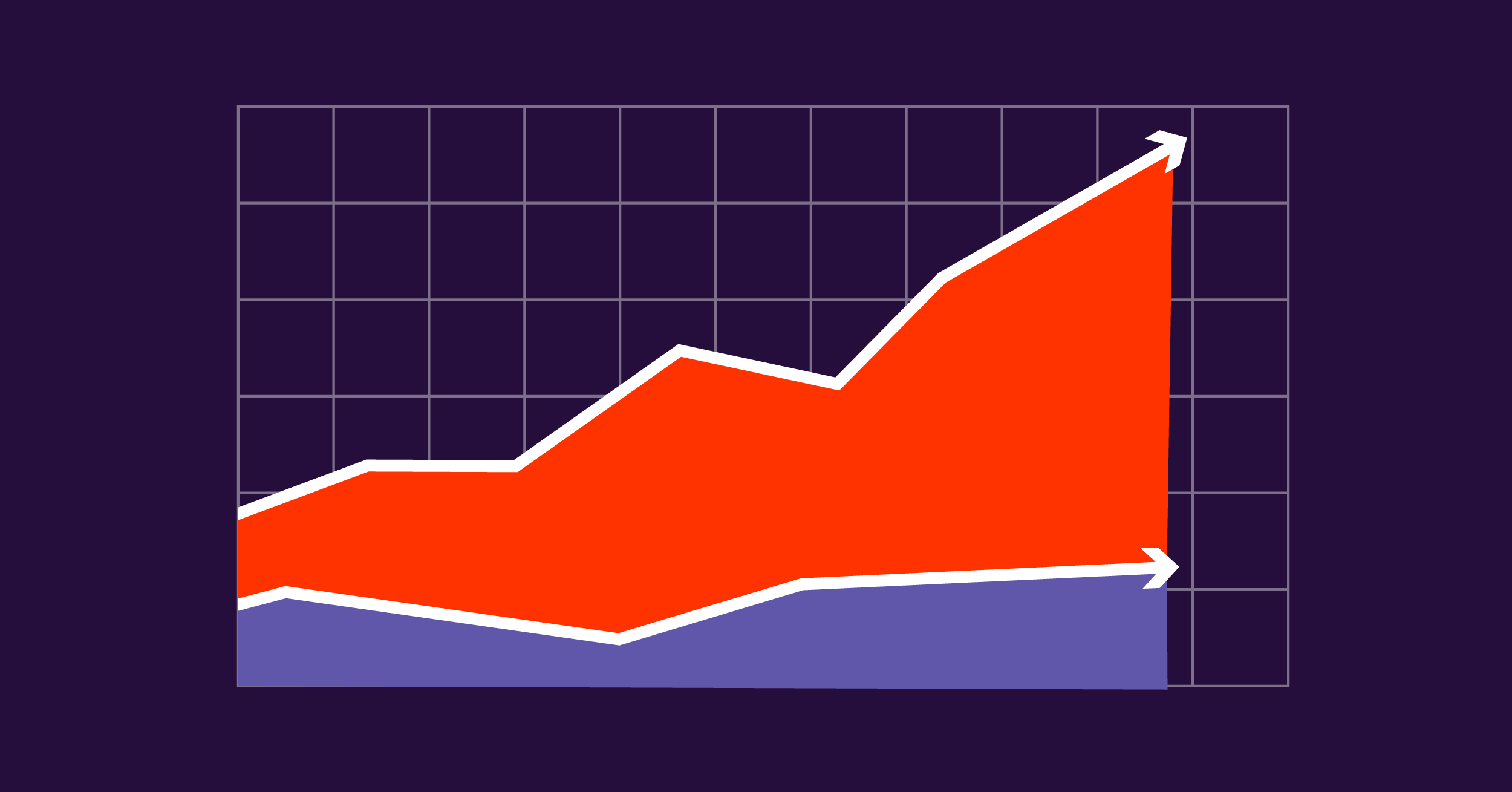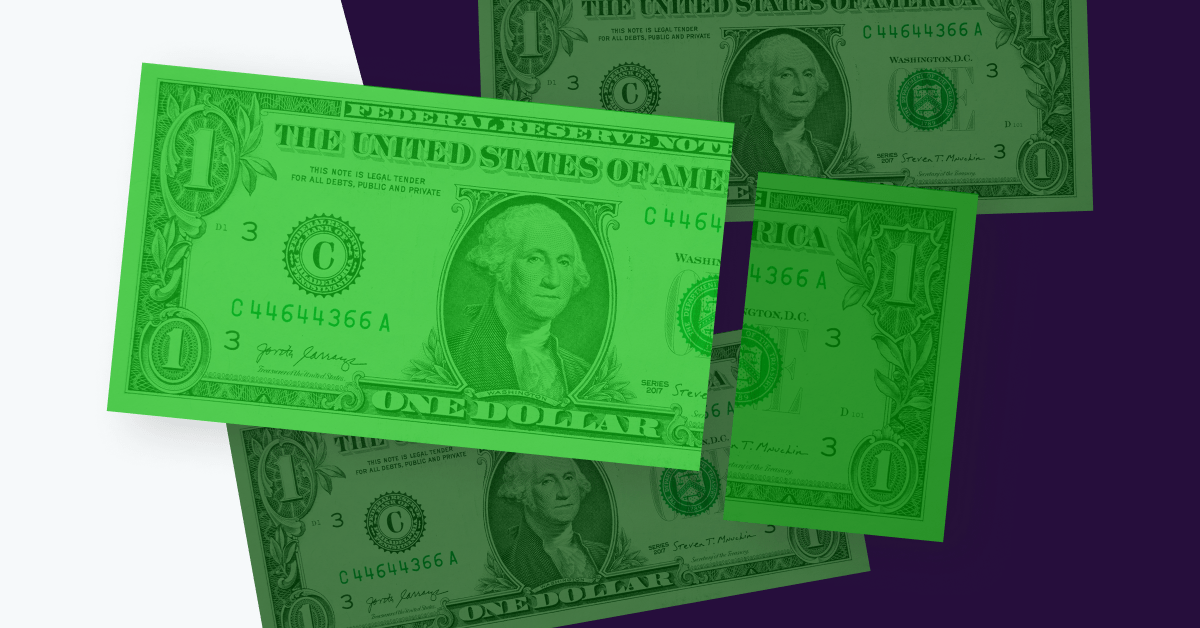Native Women’s Equal Pay Day is separate from Equal Pay Day. It’s the date each year American Indigenous women, on average, would have to continue working into the new year to match the annual earnings an average white man earned in the last year alone. While most American women of color saw some (modest) wage gap improvement in 2020, Native Women’s Equal Pay Day is a week later than it was in 2019, meaning that the pay gap for Native Women has gotten worse.
In general, pay gaps come from three key factors:
- Lack of representation in highly-paid industries
- Lack of representation in senior roles
- Disparities in pay among people doing substantially similar work
Which of these is the primary reason indigenous women are underpaid? Hard to say — because there’s a serious lack of data.
In the U.S. Census Bureau’s American Community Survey data, income data are not available for 23% of Undigenous women. Native Americans are excluded from many analyses of pay gaps due to small population sizes and insufficient data.
Cutting the 2020 census short could lead to even more missing data on Indigenous people for the next 10 years. Analysis of what’s available suggests that Native women are underpaid across occupations and education levels, but we need more information to target root causes.
Pay equity software promotes fair pay
At Syndio, we know the importance of using data to help promote pay equity. Our software digs into employee pay to identify and fix inequities like the ones Native women face.
Nationally, we know that pay transparency is crucial to creating accountability around improving gender pay gaps — so more data is an important first step to reversing the pay gap so that a symbolic day like Native Women’s Equal Pay Day is no longer needed.



